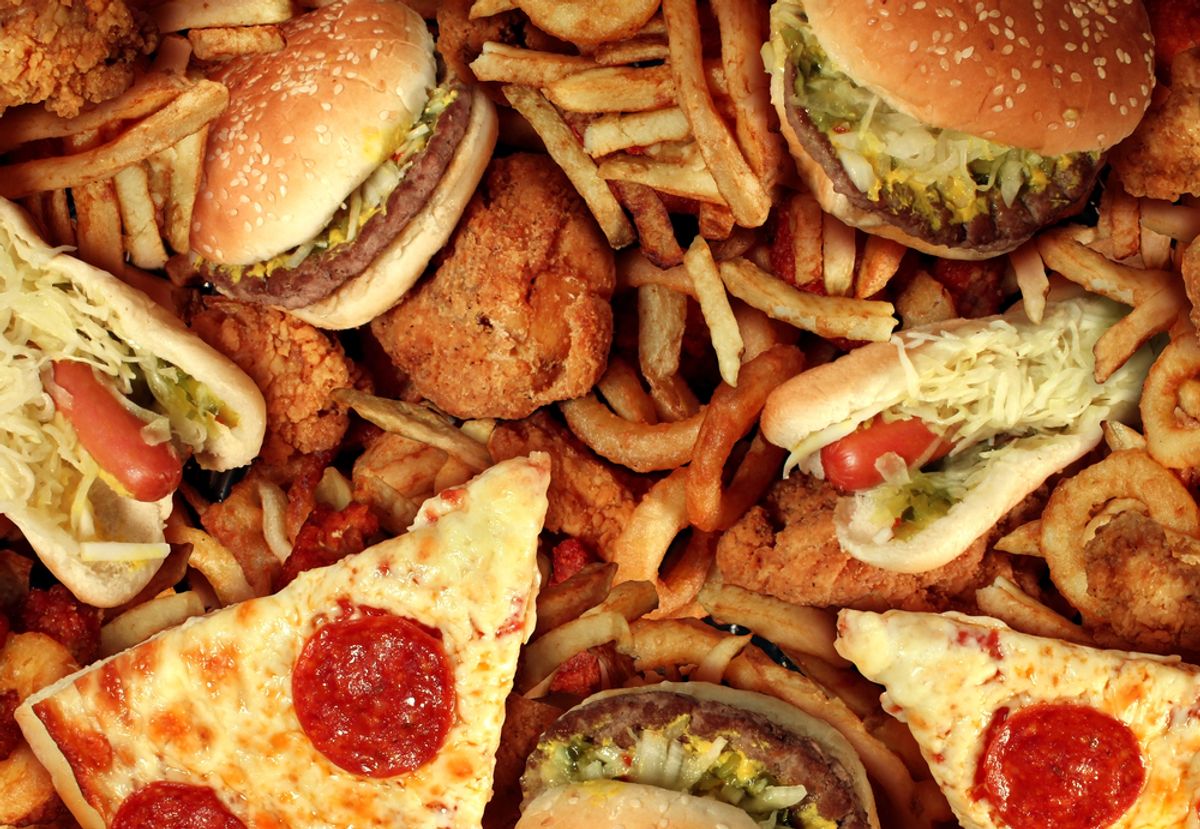 Researchers say they have isolated a new distinct taste to add to the traditional five tastes: fatty. This finding may change the belief that humans can only detect sweet, sour, salty, bitter and savory (or "umami").
Researchers say they have isolated a new distinct taste to add to the traditional five tastes: fatty. This finding may change the belief that humans can only detect sweet, sour, salty, bitter and savory (or "umami").
For many years, scientists have believed that pure fat does not have a unique, discernible taste, and that it only provides a texture to foods and acts as a carrier of flavor. But new research led by Richard Mattes, a nutrition science professor at Purdue University in West Lafayette, Indiana, suggests that humans do in fact have the ability to detect fat as a specific flavor.
In the study, which was published online on July 3 in the journal Chemical Senses, Mattes and his fellow researchers argue that nonesterified fatty acids (NEFA, the proposed stimuli for "fat taste") "have a taste sensation that is distinct from other basic tastes." NEFAs are fatty acids that occur in a free state, rather than in combination with glycerol to form a glyceride — such as triglycerides, which the body converts from extra calories and are stored as fats — or other lipids.
Mattes, who is also the director of Purdue's Ingestive Behavior Research Center, said, "Our lab has engaged in a systematic study of the physiology of oral fat detection and has yielded evidence that 'fat' may be another basic taste quality, like sweetness, sourness, saltiness, bitterness and umami."
Sixty-four percent of the study's participants, who were given nose clips so they wouldn't mistake food aroma for taste, could distinguish a fatty acid sample from a group of samples. But while people generally like the taste of fatty foods, the study's participants reported that the fat didn't taste good: Samples with the shorter fatty acid chains tasted sour and the ones with the longer fatty chains tasted pungent.
That's probably because the researchers used higher concentrations of fatty acids, more akin to those found in cooking oil and fermented foods. “We have a situation where one form of fat is adding to the appeal of food and may encourage intake. While with another, the taste signal is aversive, discouraging consumption,” said Mattes.
Evolution may play a role, as taste is critical in evaluating potential nutrition sources. "The ability to taste fat could hold evolutionary advantages in the ability to absorb essential fatty acids from food," he said.
The new finding might explain why, taste-wise, people tend to prefer full-fat versions of foods over their fat-free counterparts. It also gives credence to the idea, first suggested by 16th-century French physician Jean Fernel (most known for coining the term "physiology"), that taste buds are sensitive to fat.
If further studies confirm the new finding, basic biology textbooks will have to add fat as the sixth taste sensation. But other areas of science could also be affected.
As Mattes points out, "fatty acid signaling in the oral cavity likely alters lipid processing. This holds implications for food product development (e.g., role of fat replacers), clinical practice (e.g., management of cardiovascular disease risk and dys- and phantogeusias), and public health policy (e.g., dietary recommendations)."



Shares